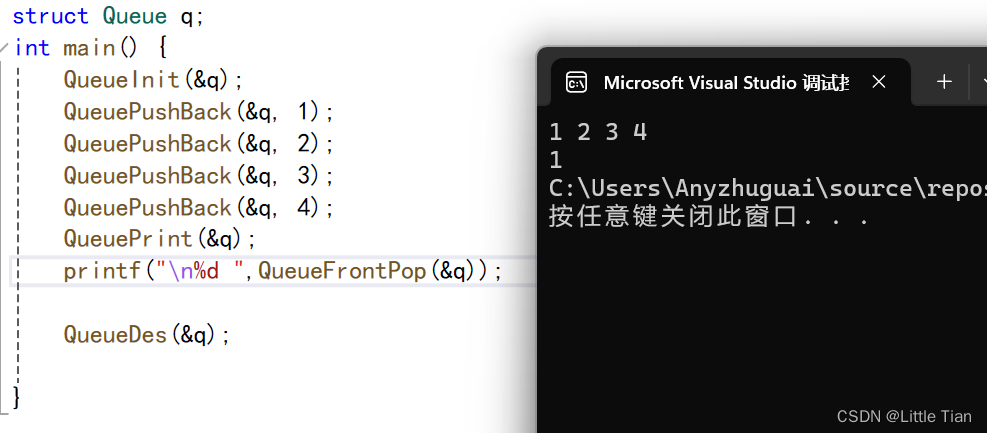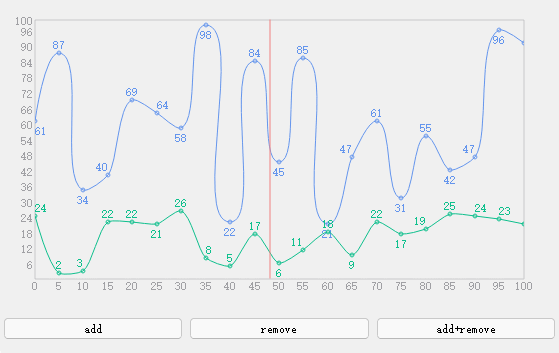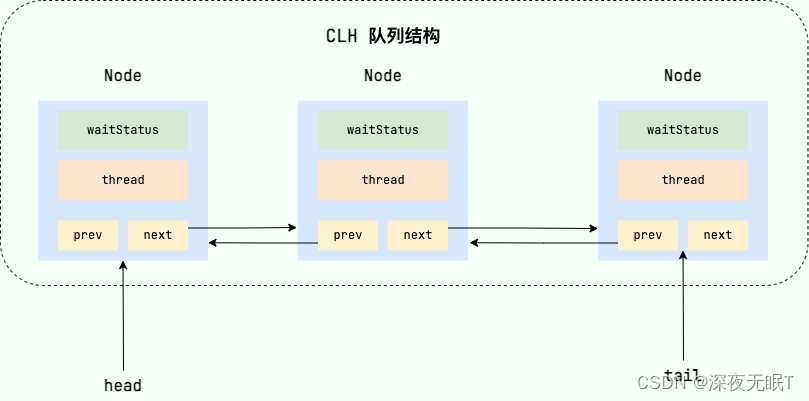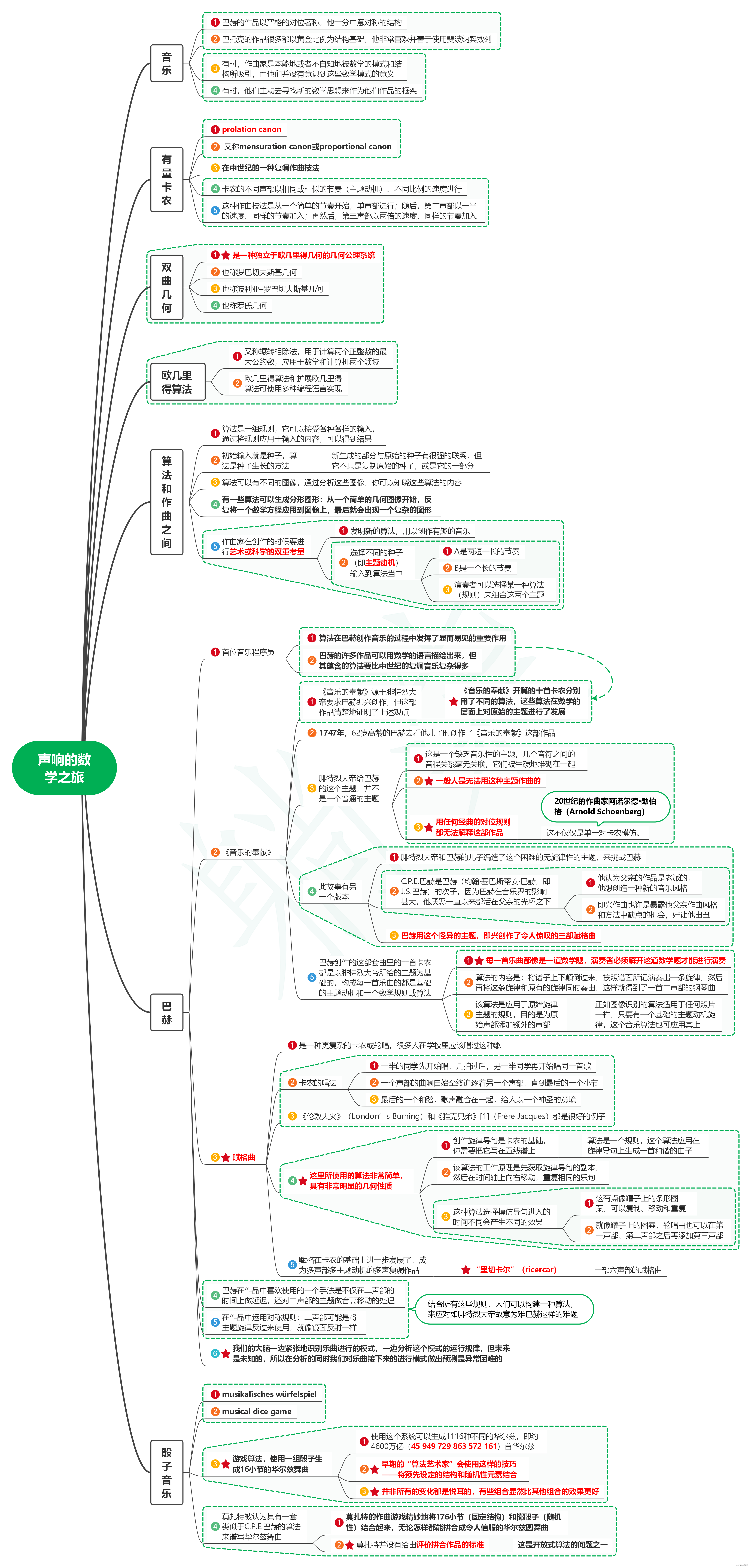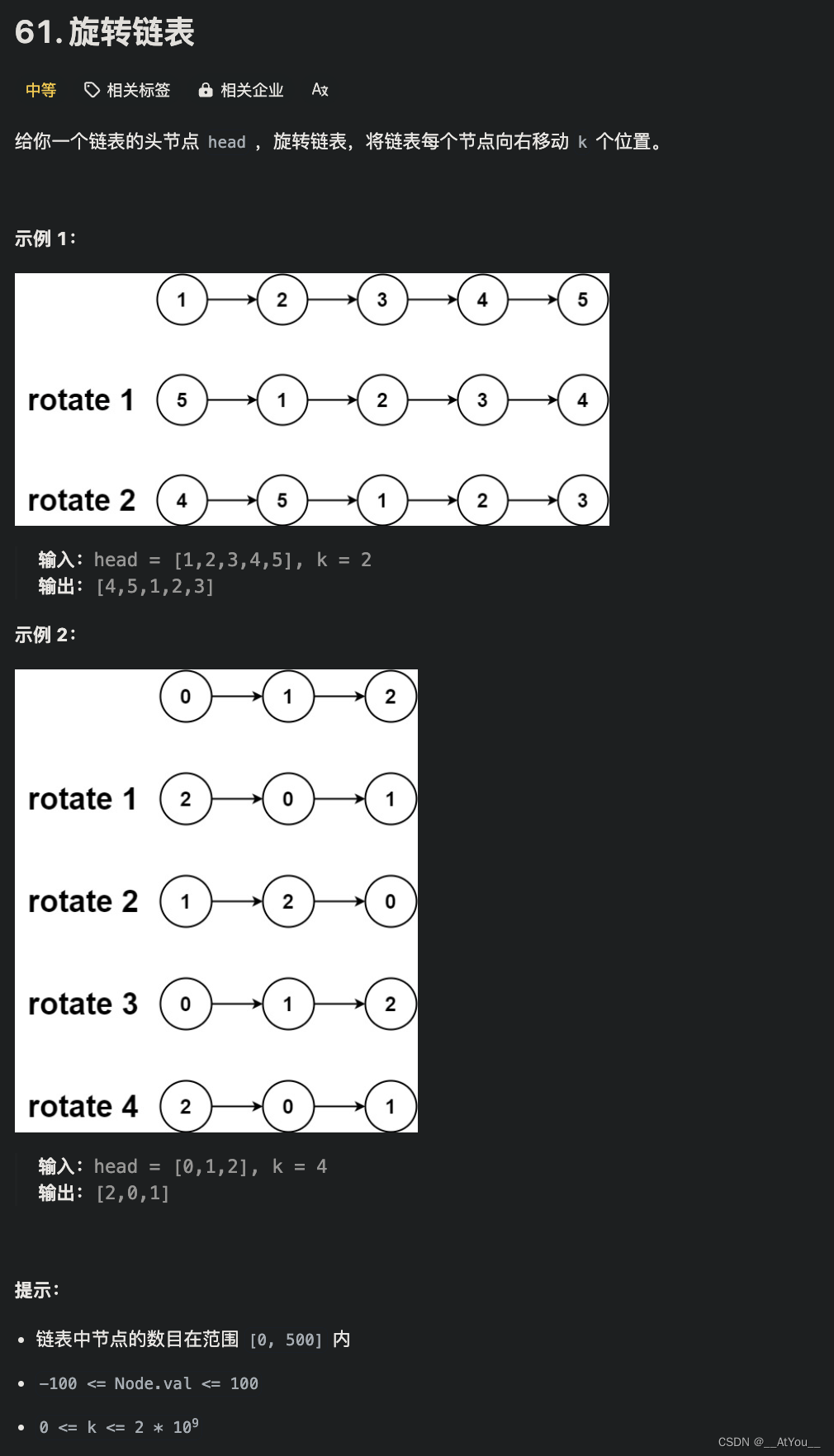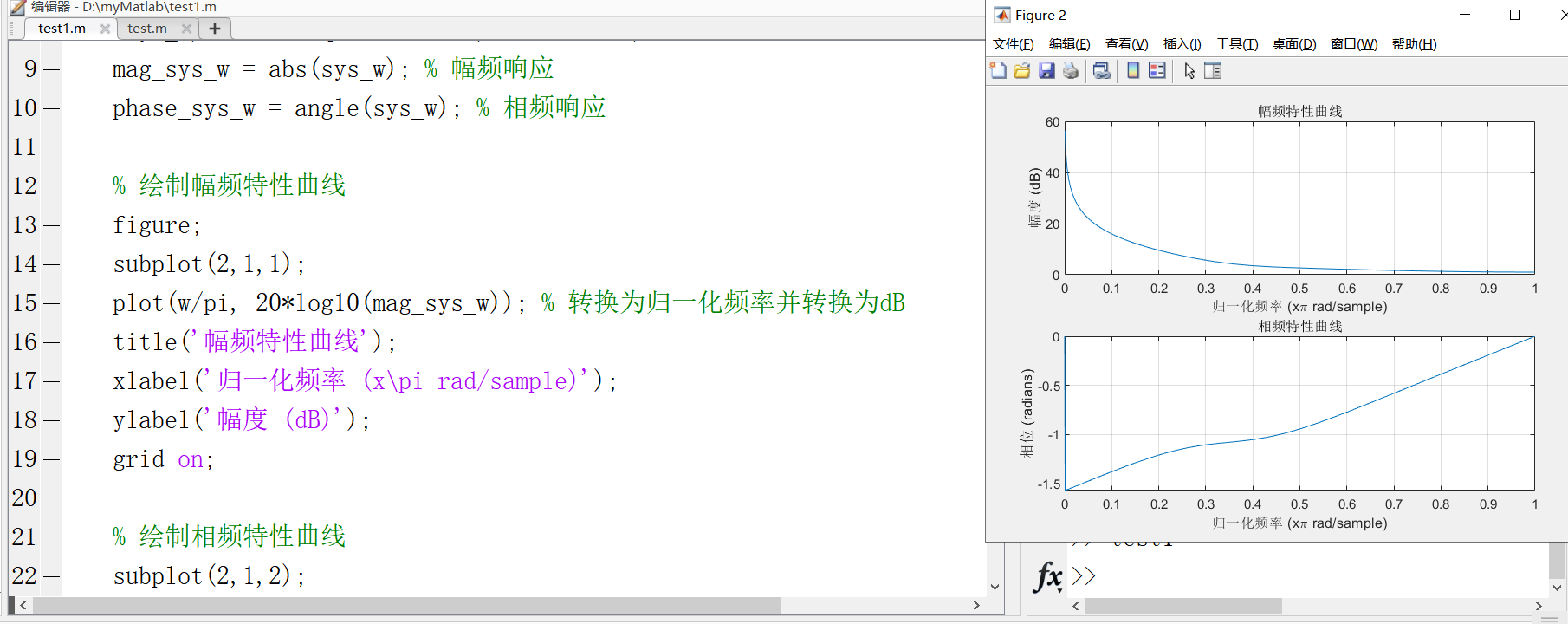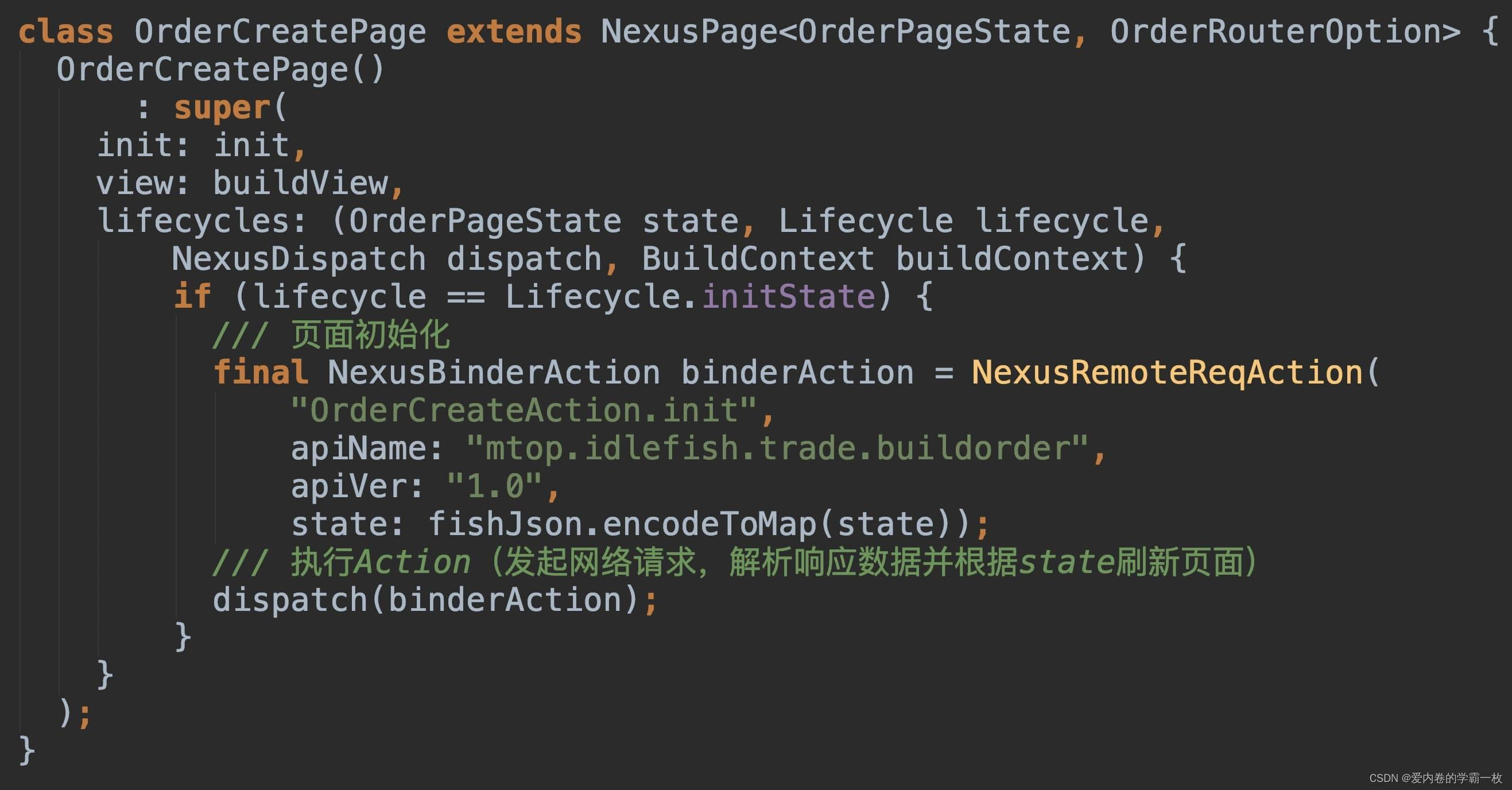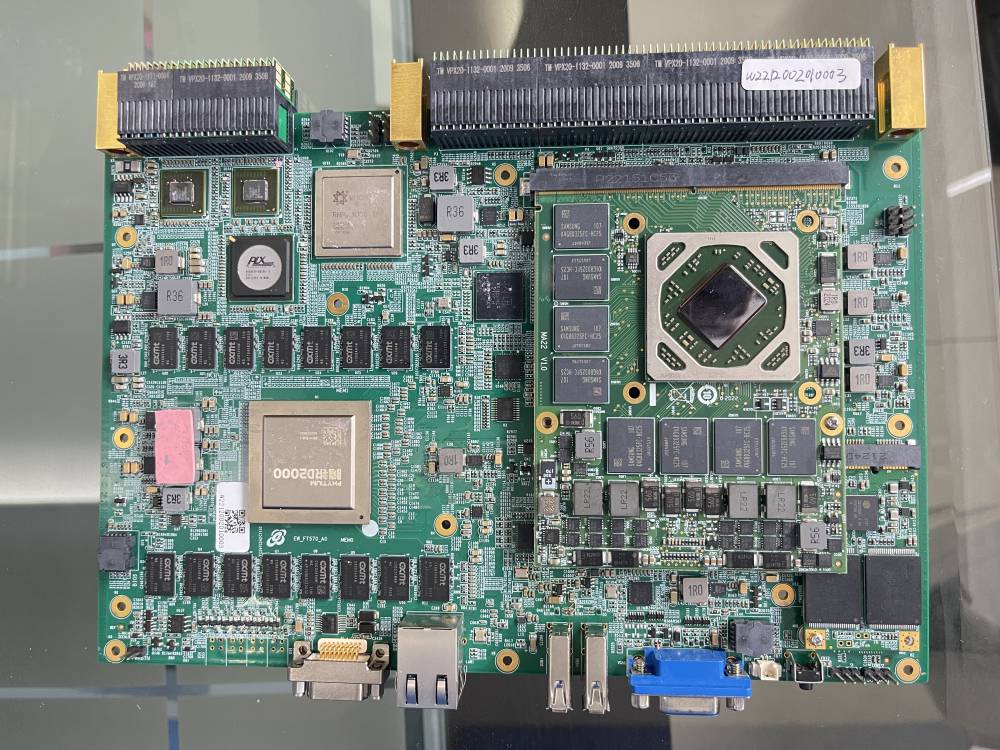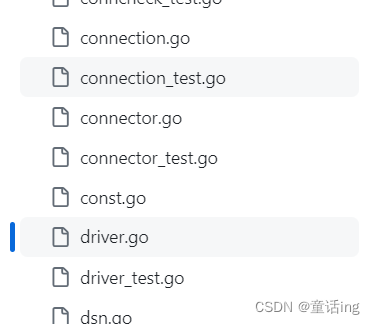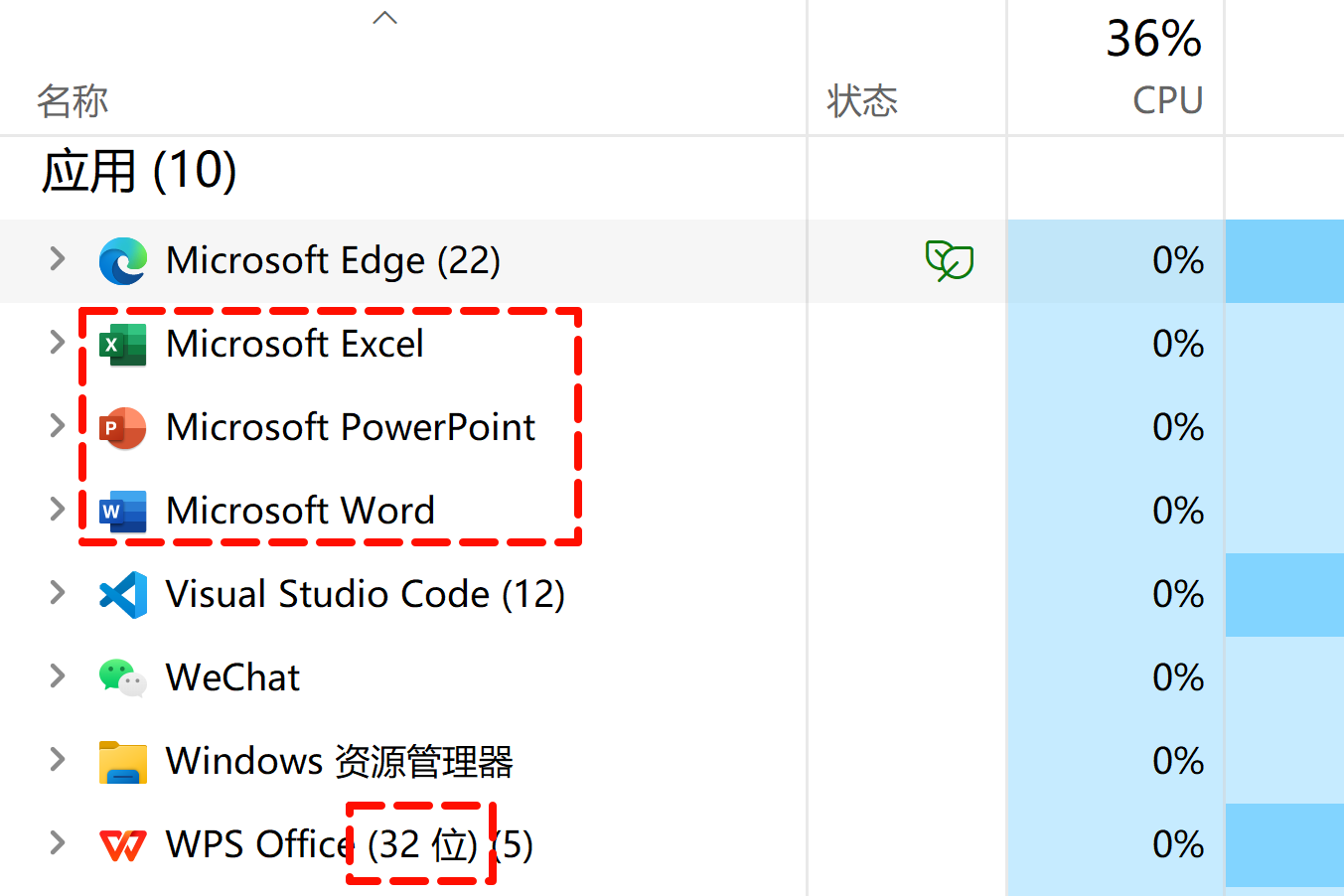集合:
在java当中,含有着一些不同的存储数据的相关集合。分为单列集合(Collection)和双列集合(Map)。

Collection
首先学习Collection来进行展示:
以框框为例子,蓝色的代表的是接口,而红色的是代表的接口的实现类!在Collection当中,又分为两种一个是List,一个是Set!
List的特点:元素可以重复,含有索引,有序(在存和取的过程当中是有序的,先存储的时候,在遍历获取时就是先获取的)。
Set的特点和List完全相反:元素不可重复,无索引,无序。
Collection接口是单列集合的祖宗接口,所有的实现类都要实现这个接口。
那么首先来学习的可以是以Collection为例子:

由于Collection是接口,所以在实现代码的时候,要创建一个实现类实现这个接口,才能展现出来这个接口当中的所有方法。
基本方法
add
添加元素到collection当中
Collection<String> collection = new ArrayList<>();
collection.add("he1");
collection.add("he2");
collection.add("he3");
collection.add("he1");
System.out.println(collection);
可以添加重复的元素
clear
删除元素在collection中:
全部进行清空操作!
Collection<String> collection = new ArrayList<>();
collection.add("he1");
collection.add("he2");
collection.add("he3");
collection.add("he4");
System.out.println(collection);
collection.clear();
System.out.println(collection);
remove
删除指定的元素:
Collection<String> collection = new ArrayList<>();
collection.add("he1");
collection.add("he2");
collection.add("he3");
collection.add("he1");
System.out.println(collection);
boolean isNo = collection.remove("he1");
System.out.println(isNo);
System.out.println(collection);
ArrayList的源码删除:
/*从此列表中删除第一个出现的指定元素(如果存在)。如果列表不包含该元素,则该元素保持不变。更正式地说,删除索引 为 i 的元素,使得 (o==null ? get(i)==null : o.equals(get(i))) (如果存在这样的元素)。如果此列表包含指定的元素(或等效地,如果此列表因调用而更改),则返回 true 。
参数:
o – 要从此列表中删除的元素(如果存在)
返回:
如果此列表包含指定的元素,则为 true*/
public boolean remove(Object o) {
if (o == null) {
for (int index = 0; index < size; index++)
if (elementData[index] == null) {
fastRemove(index);
//找到一个就直接返回了,直接就删除了!
return true;
}
} else {
for (int index = 0; index < size; index++)
if (o.equals(elementData[index])) {
fastRemove(index);
return true;
}
}
return false;
}
这个是只会删除一个的情况的。

contains
处理包含的情况:
collection.add("he1");
collection.add("he2");
collection.add("he3");
System.out.println(collection);
// boolean isNo = collection.remove("he1");
// System.out.println(isNo);
// System.out.println(collection);
System.out.println(collection.contains("he1"));
查看是否含有h1的元素。

具体的源码是怎么进行查找的呢?
public int indexOf(Object o) {
if (o == null) {
for (int i = 0; i < size; i++)
if (elementData[i]==null)
return i;
} else {
for (int i = 0; i < size; i++)
if (o.equals(elementData[i]))
return i;
}
return -1;
}
根据对象所继承Object.equals进行判断的。是判断的是对象是否为同一个对象。
public boolean equals(Object obj) {
return (this == obj);
}
如果String缓冲池内不存在与其指定值相同的String对象,那么此时虚拟机将为此创建新的String对象,并存放在String缓冲池内。
如果String缓冲池内存在与其指定值相同的String对象,那么此时虚拟机将不为此创建新的String对象,而直接返回已存在的String对象的引用。
//接着System.out.println(s1.equals(s2));这里的equals在String类中被重写过,用来比较两个字符串的实际内容是否相等,即每一个字符是否相等,重写方法末尾会另做说明!!!因为比较的是字符串内容,s1,s2内容都是hello当然是相等的。
String ss1 = "aaa";
//在池子里面又创建了一个!
String ss2 = new String("aaa");
System.out.println(ss1 == ss2); //false
System.out.println(ss1.equals(ss2)); // true
ss2是new出来的,所以重新分配内存地址,当用==判断时,返回false,但是两个字符串的内容相同,所以用equals方法时,返回true。
对于含有自己创建的引用数据类型的情况!
Collection<Student> students = new ArrayList<>();
students.add(new Student("yyy" , 111));
students.add(new Student("yyy" , 112));
students.add(new Student("yy" , 111));
System.out.println(students);

Collection<Student> students = new ArrayList<>();
students.add(new Student("yyy" , 111));
students.add(new Student("yyy" , 112));
students.add(new Student("yy" , 111));
System.out.println(students);
System.out.println(students.contains(new Student("yyy" , 111)));

返回的没有的信息,对于自己创建Students的类是直接使用equals进行判断,判断的是地址!
想要进行数据的判断是要进行方法的重写操作的。
在Students的类当中重写其方法!
@Override
public boolean equals(Object o) {
if (this == o) return true;
if (o == null || getClass() != o.getClass()) return false;
Student student = (Student) o;
return age == student.age && Objects.equals(name, student.name);
}

这样就是可以直接根据对象的属性值进行判断了!
size()和isEmpty()
Collection<Student> students = new ArrayList<>();
students.add(new Student("yyy" , 111));
students.add(new Student("yyy" , 112));
students.add(new Student("yy" , 111));
System.out.println(students);
System.out.println(students.contains(new Student("yyy" , 111)));
System.out.println(collection.size());
System.out.println(collection.isEmpty());

集合的遍历方式
由于使用的是Collection的集合来进行处理操作的。那么想要对集合当中的元素进行遍历操作,就不能使用普通的for循环来进行遍历的。
原因是:在使用for循环的时候要进行索引的获取操作,但是在Collection的Set下面的接口是没有索引的。故不能直接使用for循环来进行遍历操作。
含有下面的方式来进行的遍历操作:
Iterator
public class Collection_test2 {
public static void main(String[] args) {
Collection<String> collection = new ArrayList<>();
collection.add("he1");
collection.add("he2");
collection.add("he3");
System.out.println(collection);
Iterator<String> iterator = collection.iterator();
//含有三个元素he1 he2 he3
while (iterator.hasNext()) {
String string = iterator.next();
System.out.println(string);
}
}
}
直接进行遍历操作。使用的是指针来进行遍历的。
首先指向的是元素的第一个位置,使用hasNext的方法判断当前位置是否含有元素,若含有元素就直接进行返回true,使用iterator.next()是来进行先获取元素的,在进行指针的移动操作。不断的进行的移动最终使得将全部的元素都进行了遍历操作。


指向一个空指针的情况:抛出
package myCollection;
import java.util.ArrayList;
import java.util.Collection;
import java.util.Iterator;
/**
* @program: 集合
* @description
* @author: YangTao
* @create: 2024-04-30 11:57
**/
public class Collection_test2 {
public static void main(String[] args) {
Collection<String> collection = new ArrayList<>();
collection.add("he1");
collection.add("he2");
collection.add("he3");
System.out.println(collection);
Iterator<String> iterator = collection.iterator();
while (iterator.hasNext()) {
String string = iterator.next();
System.out.println(string);
}
System.out.println(iterator.next());
}
}

当迭代器当中的指针进行移动操作之后,会使得指针指向一个空的情况。造成一个异常的抛出!
/**
返回迭代中的下一个元素。
返回:
迭代中的下一个元素
抛出:
NoSuchElementException – 如果迭代没有更多元素
*/
E next();
在指针的遍历结束的时候,指针不会进行复位
Collection<String> collection = new ArrayList<>();
collection.add("he1");
collection.add("he2");
collection.add("he3");
System.out.println(collection);
Iterator<String> iterator = collection.iterator();
while (iterator.hasNext()) {
String string = iterator.next();
System.out.println(string);
}
System.out.println(iterator.next());
System.out.println(iterator.next());
System.out.println(iterator.next());
System.out.println(iterator.next());
每一个循环当中是只能调用一个next的方法的。一次指针的移动,一次判断获取元素的操作。
package myCollection;
import java.util.ArrayList;
import java.util.Collection;
import java.util.Iterator;
/**
* @program: 集合
* @description
* @author: YangTao
* @create: 2024-04-30 11:57
**/
public class Collection_test2 {
public static void main(String[] args) {
Collection<String> collection = new ArrayList<>();
collection.add("he1");
collection.add("he2");
collection.add("he3");
collection.add("he1");
collection.add("he2");
collection.add("he3");
System.out.println(collection);
Iterator<String> iterator = collection.iterator();
while (iterator.hasNext()) {
String string1 = iterator.next();
String string2 = iterator.next();
System.out.println(string1);
System.out.println(string2);
}
}
}
两次移动好像也是没有问题的,但是当含有的元素为奇数个情况就直接报错。
public class Collection_test2 {
public static void main(String[] args) {
Collection<String> collection = new ArrayList<>();
collection.add("he1");
collection.add("he2");
collection.add("he3");
collection.add("he1");
collection.add("he2");
System.out.println(collection);
Iterator<String> iterator = collection.iterator();
while (iterator.hasNext()) {
String string1 = iterator.next();
System.out.println(string1);
String string2 = iterator.next();
System.out.println(string2);
}
}
}

指针移动两次,但是元素是只有奇数个的情况,在指向最后一个元素的next的时候会直接找不到那一个元素的。直接就抛异常了。
不能使用集合当中的方法进行添加元素和删除元素
package myCollection;
import java.util.ArrayList;
import java.util.Collection;
import java.util.Iterator;
/**
* @program: 集合
* @description
* @author: YangTao
* @create: 2024-04-30 11:57
**/
public class Collection_test2 {
public static void main(String[] args) {
Collection<String> collection = new ArrayList<>();
collection.add("he1");
collection.add("he2");
collection.add("he3");
collection.add("he1");
collection.add("he2");
System.out.println(collection);
Iterator<String> iterator = collection.iterator();
while (iterator.hasNext()) {
String string2 = iterator.next();
System.out.println(string2);
if(string2.equals("he3")){
//进行修改
System.out.println(collection.remove(string2));
}
}
}
}

但是可以使用Iterator当中的remove方法进行删除操作,直接删除的Collection当中的方法。
package myCollection;
import java.util.ArrayList;
import java.util.Collection;
import java.util.Iterator;
/**
* @program: 集合
* @description
* @author: YangTao
* @create: 2024-04-30 11:57
**/
public class Collection_test2 {
public static void main(String[] args) {
Collection<String> collection = new ArrayList<>();
collection.add("he1");
collection.add("he2");
collection.add("he3");
collection.add("he1");
collection.add("he2");
System.out.println(collection);
Iterator<String> iterator = collection.iterator();
while (iterator.hasNext()) {
String string2 = iterator.next();
System.out.println(string2);
if(string2.equals("he3")){
//进行修改
iterator.remove();
}
}
System.out.println(collection);
}
}



